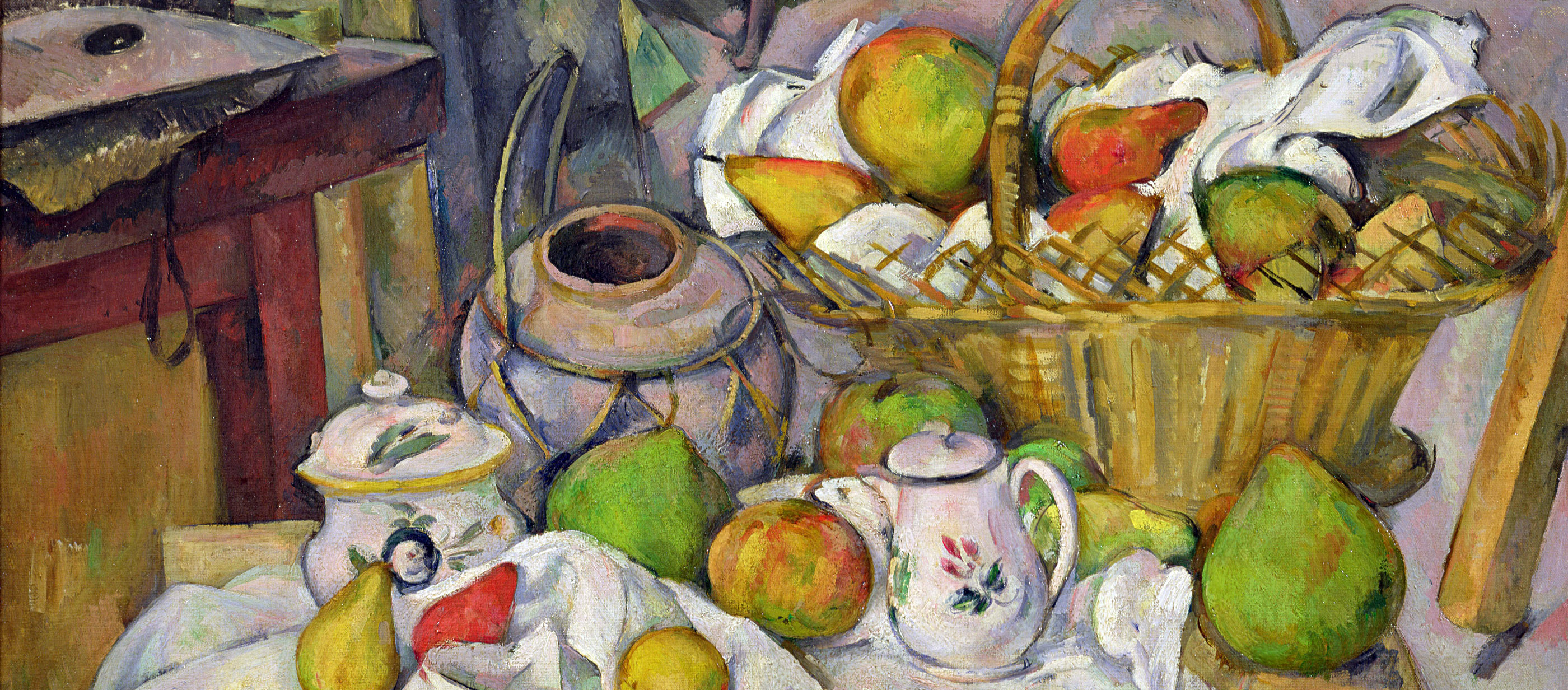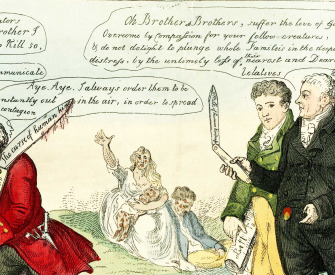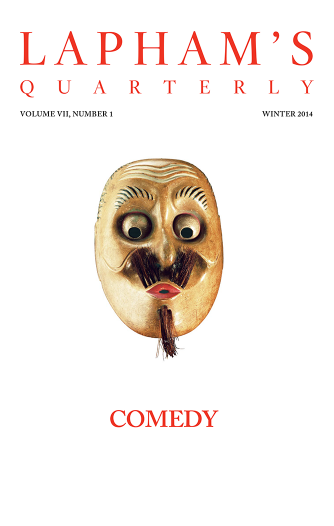Tuesday, January 18
I was visited again by the senior medical officer, who asked me how long I had been without food. I said I had eaten a buttered scone and a banana sent in by friends to the police station on Friday at about midnight. He said, “Oh, then, this is the fourth day; that is too long, I shall have to feed you, I must feed you at once,” but he went out and nothing happened till about 6 o’clock in the evening, when he returned with, I think, five wardresses and the feeding apparatus. He urged me to take food voluntarily. I told him that was absolutely out of the question, that when our legislators ceased to resist enfranchising women then I should cease to resist taking food in prison. He did not examine my heart nor feel my pulse; he did not ask to do so, nor did I say anything which could possibly induce him to think I would refuse to be examined. I offered no resistance to being placed in position, but lay down voluntarily on the plank bed. Two of the wardresses took hold of my arms, one held my head and one my feet. One wardress helped to pour the food. The doctor leaned on my knees as he stooped over my chest to get at my mouth. I shut my mouth and clenched my teeth. I had looked forward to this moment with so much anxiety lest my identity should be discovered beforehand, that I felt positively glad when the time had come. The sense of being overpowered by more force than I could possibly resist was complete, but I resisted nothing except with my mouth. The doctor offered me the choice of a wooden or steel gag; he explained elaborately, as he did on most subsequent occasions, that the steel gag would hurt and the wooden one not, and he urged me not to force him to use the steel gag. But I did not speak nor open my mouth, so that after playing about for a moment or two with the wooden one, he finally had recourse to the steel. He seemed annoyed at my resistance, and he broke into a temper as he plied my teeth with the steel implement. He found that on either side at the back I had false teeth mounted on a bridge which he did not take out. The superintending wardress asked if I had any false teeth, if so, that they must be taken out; I made no answer and the process went on. He dug his instrument down onto the sham tooth; it pressed fearfully on the gum. He said if I resisted so much with my teeth he would have to feed me through the nose. The pain of it was intense, and at last I must have given way, for he got the gag between my teeth, when he proceeded to turn it much more than necessary until my jaws were fastened wide apart, far more than they could go naturally. Then he put down my throat a tube which seemed to me much too wide and was something like four feet in length. The irritation of the tube was excessive. I choked the moment it touched my throat until it had got down. Then the food was poured in quickly; it made me sick a few seconds after it was down, and the action of the sickness made my body and legs double up, but the wardresses instantly pressed back my head and the doctor leaned on my knees. The horror of it was more than I can describe. I was sick over the doctor and wardresses, and it seemed a long time before they took the tube out. As the doctor left, he gave me a slap on the cheek, not violently, but, as it were, to express his contemptuous disapproval, and he seemed to take for granted that my distress was assumed.

The Kitchen Table, by Paul Cézanne, c. 1889. Musée d'Orsay, Paris.
When the doctor had gone out of the cell, I lay quite helpless. The wardresses were kind and knelt round to comfort me, but there was nothing to be done; I could not move, and remained there in what, under different conditions, would have been an intolerable mess. I had been sick over my hair, which, though short, hung on either side of my face, all over the wall near my bed, and my clothes seemed saturated with it, but the wardresses told me they could not get me a change that night as it was too late, the office was shut. I lay quite motionless. It seemed paradise to be without the suffocating tube, without the liquid food going in and out of my body and without the gag between my teeth. Presently the wardresses all left me—they had orders to go, which were carried out with the usual promptness. Before long I heard the sounds of the forced feeding in the next cell to mine. It was almost more than I could bear; it was Elsie Howey, I was sure. When the ghastly process was over and all quiet, I tapped on the wall and called out at the top of my voice, which wasn’t much just then, “No surrender,” and there came the answer past any doubt in Elsie’s voice, “No surrender.” After this I fell back and lay as I fell. It was not very long before the wardress came and announced that I was to go back upstairs as, because of the feeding, my time in the punishment cell was over. I was taken into the same cell which I had before; the long hours till morning were a nightmare of agonized dread for a repetition of the process.
From Prisons & Prisoners. The daughter of an earl and a lady-in-waiting to Queen Victoria, Lytton on January 14, 1910, disguised herself as a seamstress and helped to lead a suffragette demonstration, during which she threw a rock and was sentenced to fourteen days in jail. She went on a hunger strike and was force-fed eight times before officials discovered her true identity and released her. She published her account in 1914.
Back to Issue




